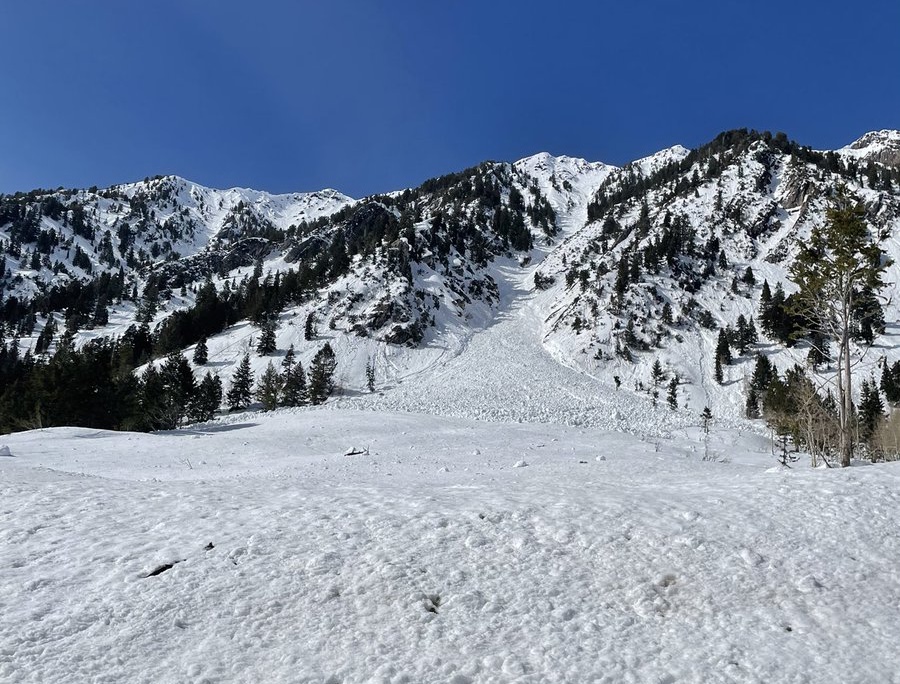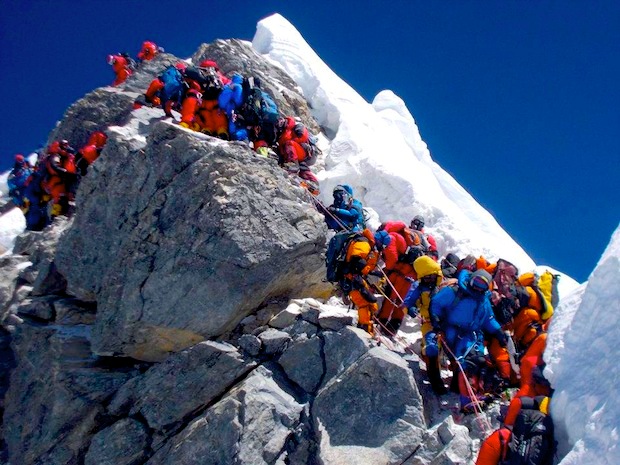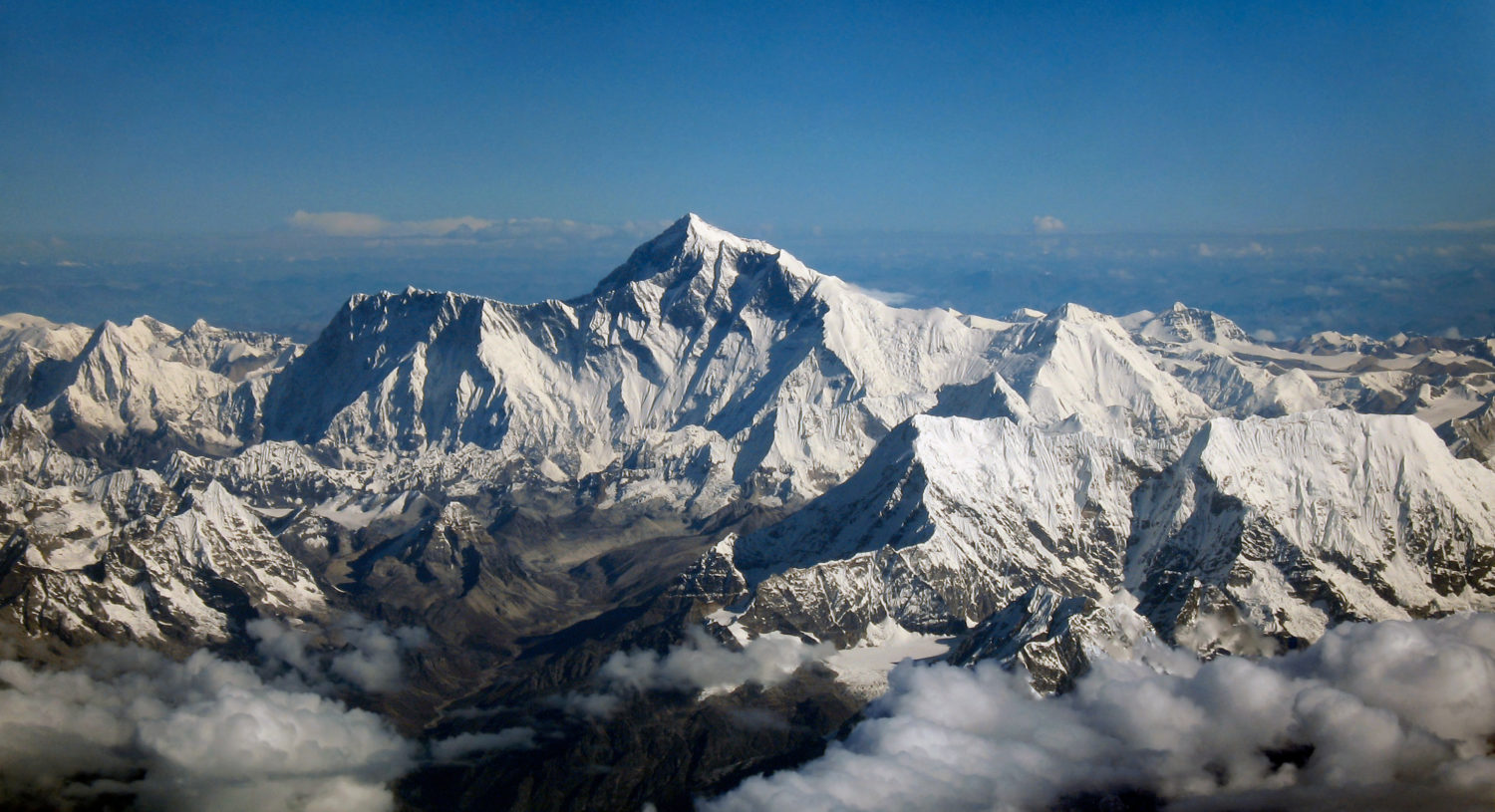
Ski resorts began springing up across the country in the 1910s and 1920s. According to the National Ski Areas Association (NSAA), by 1930 five ski resorts operated from California to Massachusetts. The next decade saw fifty resorts open, including Sun Valley, Alta, and Stowe. Over the next three decades, the ski industry exploded, 82 resorts opened from 1940-1960, with an additional 107 opening in the 1960s. The 1970s (47) and 1980s (23) saw the last push of new resorts, but the number has plateaued and even declined slightly. In the last two decades, fewer than two dozen resorts have opened.
–nationalforests.org
Overall square of ski resorts on the land of National Forests is ~ 190,000 acres, which is 1/10th of percent of the National Forest System. According to National Visitor Use Monitoring program, 16 percent of visitors mentioned downhill skiing and snowboarding as their primary reason for coming to the National Forest.
Before the 2011 Act passed, ski area operations were governed by the National Forest Ski Area Permit Act. Under that Act most resort permits allowed winter sports only—skiing, snowboarding, snowshoeing, cross-country skiing, etc.
National Forest Ski Area Permit Act of 1986
to enable snow-sports (other than nordic and alpine skiing) to be permitted on National Forest System land subject to ski area permits issued by the Secretary of Agriculture under section 3 of the National Forest Ski Area Permit Act of 1986 (16 U.S.C. 497b);

In August 2011 Congress passed an Ski Are Recreational Opportunity Enhancement Act 2011 to allow ski resorts to promote summer activities like zip lines, mountain bike terrain parks and trails, frisbee golf courses, ropes courses. According to the Act, the following activities are prohibited on National Forest land – tennis courts, water slides and water parks, swimming pools, amusement parks, golf courses.

Ski resorts depend a lot on the weather. That means during the drought years resorts would need to rely mostly on snowmaking, so they will need enough water resources to maintain operations.
In 2011, the Forest Service, proposed a controversial law that would require ski resorts to transfer water rights to the federal government to prevent selling water rights instead of using the water for snowmaking and ski operations. However, the National Ski Areas Association sued the Forest Service in 2012. In late 2012 the new water rule was overturned.
The Forest Service now requires resorts to prove there is enough water to support skiing through each permit term.
“This proposal balances the interests of the public, the ski areas and our natural resources by ensuring the necessary water is provided for winter recreation through our special-use permit process,”
— U.S. Forest Service Chief Tom Tidwell.

But why do ski resorts close in Spring even if it’s enough snowpack? Perhaps, there are not as many people would like to go skiing in spring compare to winter/fall season. Although, there are some exceptions here – several ski resorts plan to stay open until July 4th or even till August. So, you could enjoy winter and summer activities during the same weekend! Isn’t it awesome? You hike up the mountain, ski few runs and then come down to swim in the lake or go mountain biking.
Although conservationists are concerned that the consequences of concentrating so many visitors in relatively small areas can be very significant. Habitat fragmentation, water use, waste disposal, greenhouse gas pollution, and sprawling development are just some of the issues raised over the years.




